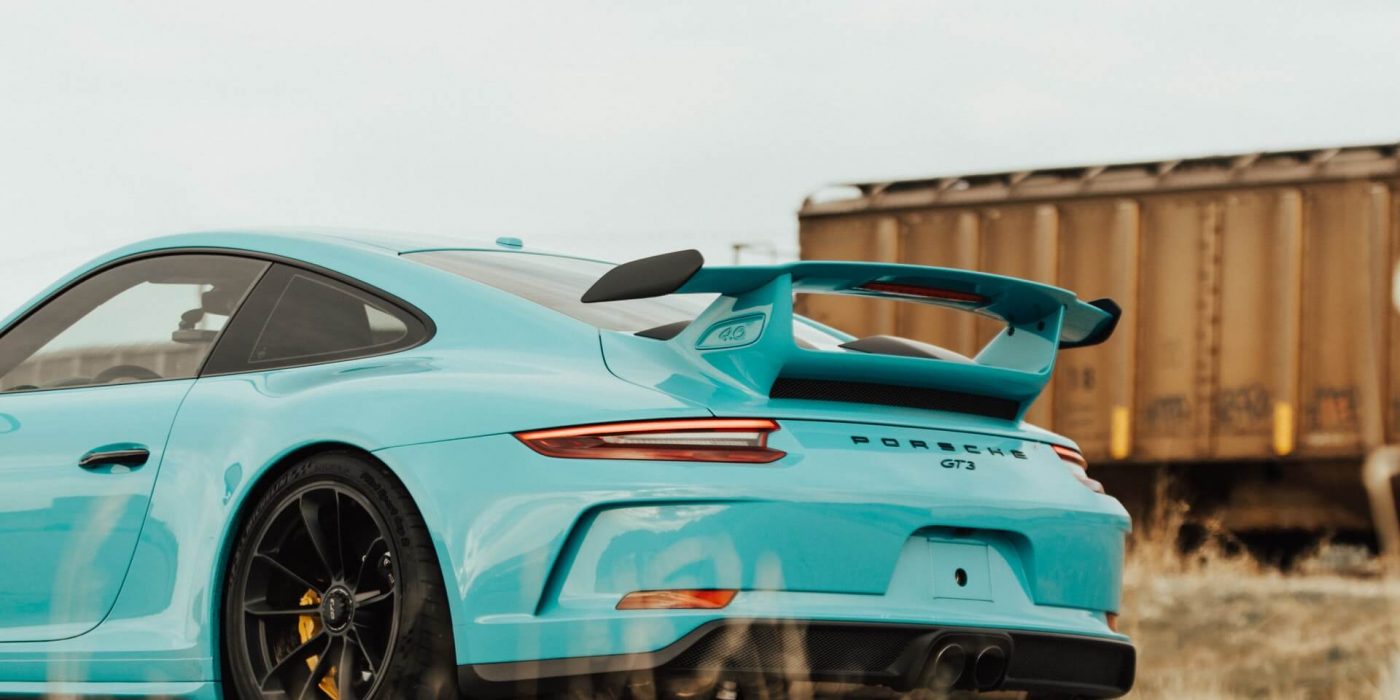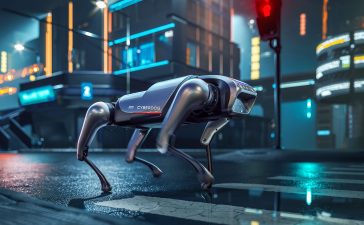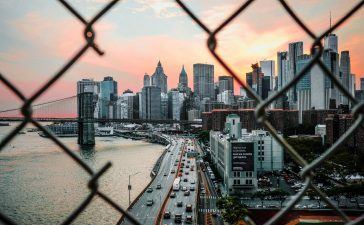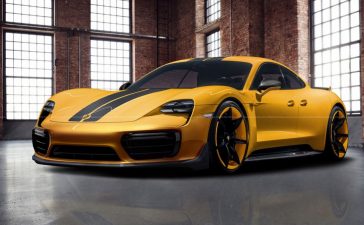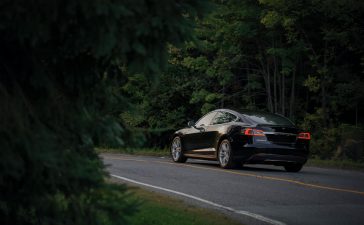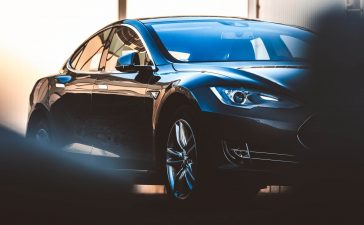The first item on the shopping list for many lottery winners would be a super-fast and super-expensive supercar. Supercars are explicitly designed to provide an experience, and aside from the almost celebrity status that comes with owning one, the main reason most people purchase one is for the experience of driving one. But for seriously cashed-up car enthusiasts, purchasing a supercar as an investment is the most rewarding way of combining their passion for sleek automobiles with economic profits.
Some supercars have been known to age very well, as long as you have enough luck, patience, and financing to secure the right make and model. It can be extremely lucrative, but just like all other forms of investment, there are also some substantial risks that come with sinking such large sums of money into classic or supercars for profit. With an impending supercar bubble looming on the financial horizon, here are some of the dangers of investing in supercars.
Buying Cars Not To Drive
If you’re looking to make money purchasing a supercar, it’s going to matter how many kilometres it has on the odometer. Both when you purchase it, as well as when you sell it. So instead of long, epic drives up the coast or winning amateur adventure races, collectors are more interested in not driving their car than actually driving it.
When these supercars aren’t being utilised for their intended purpose of being driven, there are only so many people who will actually have the patience and self-control required to keep their Porsche or Ferrari locked up in a garage, as they wait for their value to hopefully increase. This one of the main reasons why the modern market for supercars is almost guaranteed to collapse eventually and ultimately implode on itself. It’s a gamble that collectors and investors alike don’t even get to enjoy much by driving it.
Lower Resale Values
The most exclusive supercar manufacturers will generally only produce a limited number of their most luxurious cars. So, the secret to making a decent profit with a supercar investment is to purchase one of these collectible models from a limited production run. But even buying a limited edition model can be a risk at the moment, as the values of some of the older supercars have been slumping.
Unfortunately, the second-hand market for supercars has been steadily depreciating in general over the past few years. Even when compared to more standard luxury cars that have well-known depreciation curves, supercars are outrageously good deals for anyone looking to purchase one on the used car market. You can pick up a Porsche with average kilometres in fairly decent condition for under $30K AUD if you know where to look, which is just nuts.
Too Many Releases In Too Short Of A Time
Not every Ferrari will become a long-term price appreciator, despite the prancing horse insignia on the bonnet. Barring inflation, mass production Ferrari’s will most likely lose big over the long term, especially those with high kilometres on the clock. In fact, there are some Ferraris out there that were built in the 90s which can be picked up now for less than their original selling price.
There’s strong evidence to show that Ferraris have recently become more attainable than they were previously, especially newer and mass-produced models. While there is obviously a demand for supercars like Ferrari, it’s certainly not an unlimited demand. And do people really need to purchase a new Ferrari every two years? And then there’s the issue of Ferrari becoming a publicly listed company. Now that purchasing Ferrari stock is open to all investors, the company as a whole are no longer thought to be as exclusive as they once were.
Will Prices Drop?
While supercars can sometimes be a good investment, the market for many classic car collectors is based on their passion. That being said, it’s important not to confuse newer, mass-produced Ferraris with the true collectables like the Ferrari 250 Testa Rossa, Ferrari 250 GTO, Ferrari Enzo, or LaFerrari. Supercars that depreciate the most are usually those whose cost has been inflated by marketing gimmicks rather than the number of cars in production. In other words, supply and demand will decrease value instantly and significantly.
Some car collectors and investors believe that the supercar bubble has already burst and started deflating. Especially with the combination of economic uncertainty caused by Covid-19, the imminent electric car revolution, and the fact that the market has been flooded over the last few years with artificially inflated prices. Values have already been dropping for a while, which will see the bottom fall out over the next few years before the cycle eventually starts all over again.
Final Thoughts
Becoming an investor of high-end supercars takes not only a pretty significant gamble and investment, don’t forget there are also other not-insignificant costs that come with it such as storage and insurance. And as economics and tastes change with the times, what was once worth a generous sum could suddenly depreciate without warning, so it’s important that you choose your supercar very carefully.
